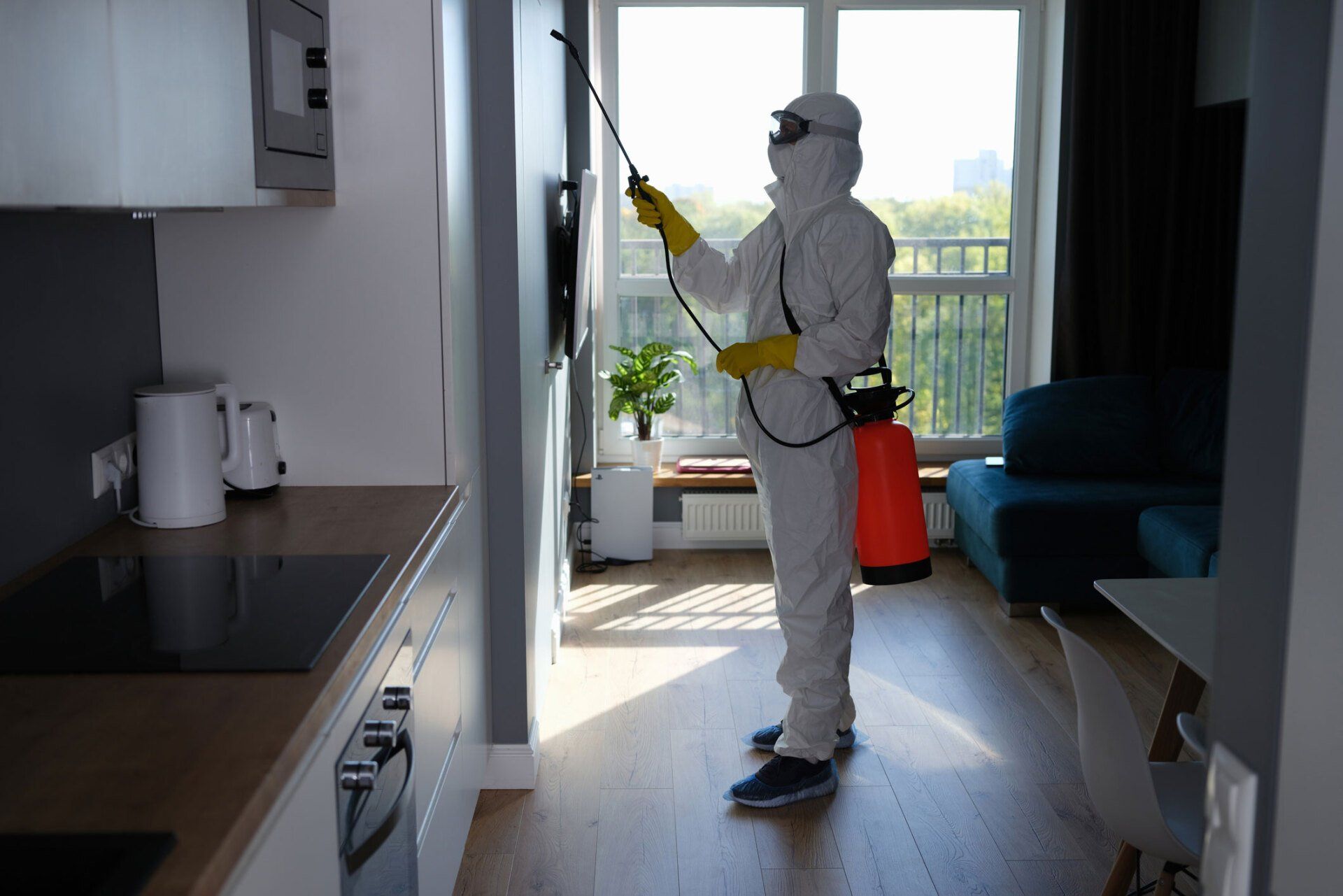Professional Pest Inspection Services in NH
We are certified by the New England Pest Management Association as a Wood Destroying Insect Registry Inspector. Form NPMA-33, as required by FHA/VA and New Hampshire Housing loans, is provided. NEPMA Certification is required for FHA/VA loan. We can provide you with all the information required for a FHA/VA loan.
All homes occasionally run into problems with household pests. While most are merely a nuisance, some may bite, sting, or transmit disease. A few may even cause severe structural damage, which can impact the value of your house. During our inspection, we look for signs of any infestation and provide our findings in your report. In our experience in New England, we've found two primary pests, carpenter ants and termites.

Carpenter Ants
Carpenter ants get their name because they excavate wood to build their nests. Their excavation results in smooth tunnels inside the wood. Carpenter ants range in size from one-quarter inch for a worker ant to up to three-quarters inch for a queen.
Habits
All species mainly attack wood that has been wet and damaged by mold. Even though these ants first invade wet, decayed wood, they may soon begin building paths through dry, undamaged wood. They usually come into buildings through cracks around doors, windows or through holes for wires. They will also crawl along overhead wires, shrubs, or tree limbs that touch the building far above the ground.
Habitat
Carpenter ants build their nests outdoors in various wood sources, including tree stumps, firewood, or landscaping. They need a constant water source to survive. They will enter homes through wet, damaged wood.
Threats
Carpenter ants damage wood through their nest building. If they gain entry to a structure, they pose a property threat.
Termites
Subterranean termites live in underground colonies or moist secluded areas aboveground that can contain up to 2 million members. They build distinctive "mud tubes" to access food sources and protect themselves from open air. Termite colonies are organized into castes depending on tasks -- workers, soldiers, and reproductives. A subterranean termite's characteristics depend on the termite's role in the colony. Cream-colored Worker subterranean termites are 1/8 to 3/8's of an inch in length. Soldier subterranean termites have a similar body length but are distinguished by their powerful mandibles. Solider termites have cream-colored bodies and brown heads. Reproductive subterranean termites are approximately one inch long.
Habits
Subterranean termites live underground and build tunnels, referred to as mud tubes, to reach food sources. Like other termite species, they feed on products containing cellulose. Subterranean termites swarm in the spring -- groups of reproductive termites go off to start new colonies.
Habitat
Subterranean termites need contact with the soil to survive and live underground. They can build tunnels through cracks in concrete.
Threats
Subterranean termites are by far the most destructive species. They can collapse a building entirely, meaning possible financial ruin for a homeowner. The hard, saw-toothed jaws of termites work like shears and can bite off extremely small fragments of wood, one piece at a time.
Do You Need a Home Inspection Services?
If so, contact the professionals at About the House at 603-552-5959.
